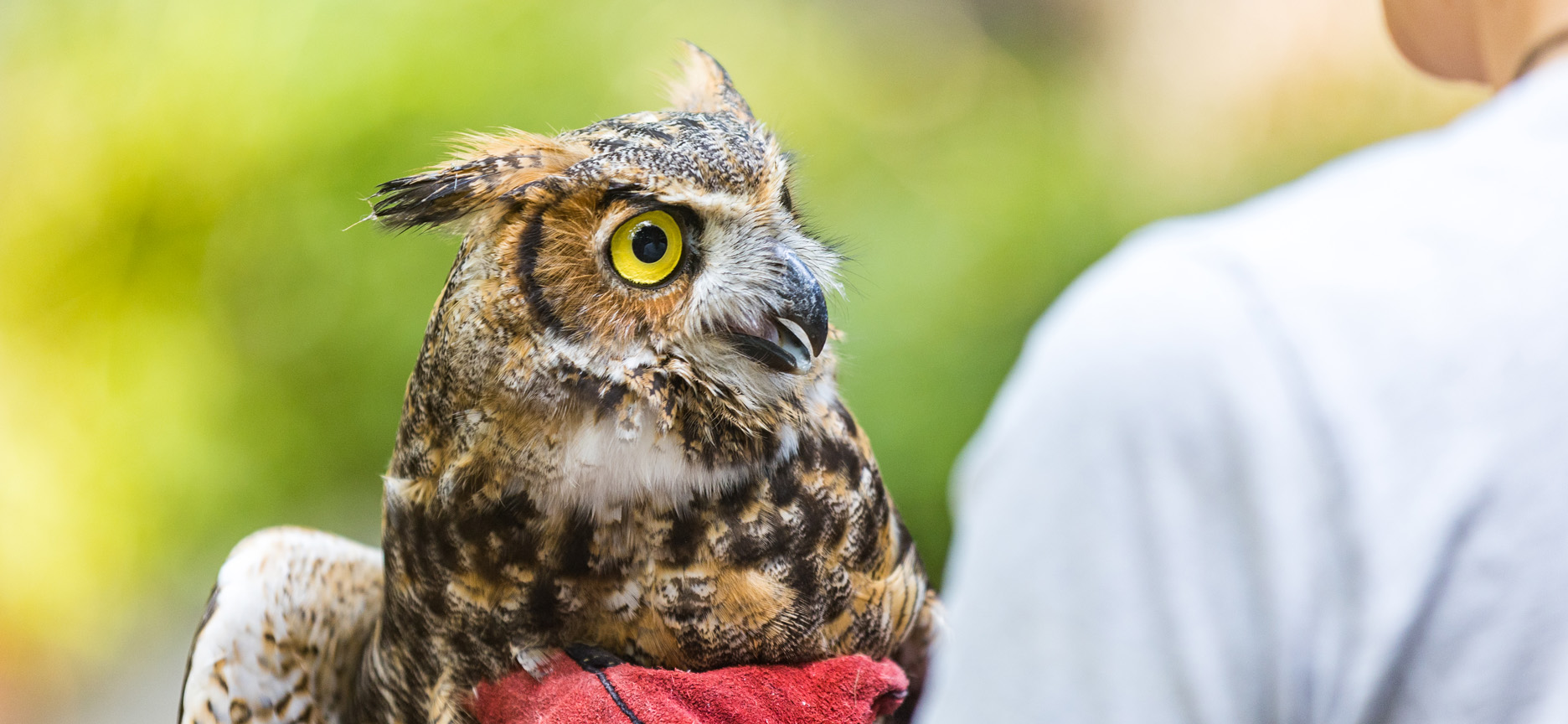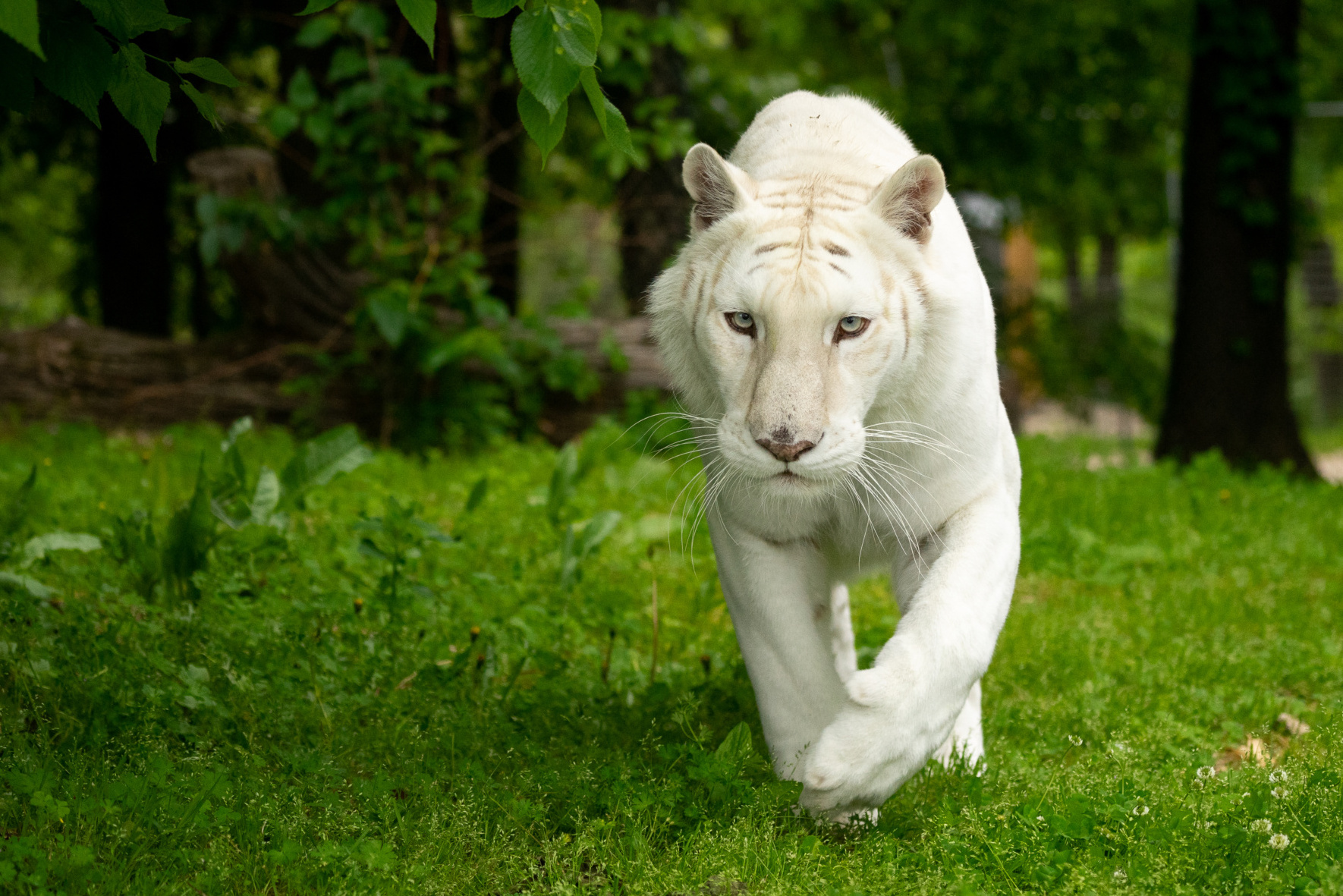The Function of Humane Wildlife Removal in Protecting Local Ecosystems
Humane wild animals removal is not just an honest factor to consider but a crucial component in guarding local communities. By focusing on non-lethal methods, it attends to the fragile equilibrium in between human growth and wild animals habitat preservation. This strategy not only alleviates problems however also makes sure the sustainability of biodiversity. The effectiveness of these approaches warrants better assessment, specifically in city setups where human-wildlife communications are increasingly complex. As we ponder the ramifications of our techniques and their influence on eco-friendly consistency, one have to wonder about just how these techniques can be maximized to cultivate a much more symbiotic connection with nature.
Understanding Human-Wildlife Problems
Human-wildlife problems usually develop when the natural habitats of animals intersect with human tasks, bring about competition for resources and area. As urbanization and agricultural expansion remain to encroach upon wild animals territories, animals such as deer, coyotes, and raccoons discover themselves in closer proximity to human populaces. This distance can result in destructive influence on both wild animals and human beings, as animals may trigger damage to plants, facilities, and personal residential property while people might inadvertently harm wild animals through environment damage and various other anthropogenic pressures.
The intricacy of these disputes stems from a variety of factors. Adjustments in land usage, environment change, and the fragmentation of communities often compel wildlife to adapt to brand-new settings, in some cases leading them right into industrial or residential locations. Furthermore, the availability of human-generated food sources, such as waste and pet food, can draw in wild animals to human settlements, worsening interactions and prospective problems.
Dealing with human-wildlife disputes needs a nuanced understanding of pet habits, eco-friendly characteristics, and socio-economic factors to consider. By studying these policymakers, guardians and interactions can establish approaches that aim to reduce disputes while maintaining biodiversity and keeping ecological balance. The goal is to cultivate conjunction and minimize damaging influences on both human areas and wild animals populaces.
Relevance of Non-Lethal Methods
Non-lethal approaches of wildlife elimination symbolize this values by providing solutions that protect against harm to wildlife while dealing with human worries. By employing such approaches, we can take care of wildlife interactions without resorting to deadly actions, consequently preserving animal populaces and reducing ethical worries associated with murder.
Non-lethal techniques are important in preserving ecological balance. They ensure that types continue to accomplish their roles within communities, such as regulating parasite populations or cross-pollinating plants. Moreover, these approaches typically confirm a lot more efficient in the long-term, as eliminating individual pets can create a gap that is quickly loaded by other participants of the varieties or various types altogether. This can cause a cycle of recurring removal initiatives, whereas non-lethal deterrents attend to the origin of wildlife existence.
Additionally, non-lethal techniques foster conjunction by educating the public about wildlife behavior and motivating harmonious living methods. This recognition can lead to extra lasting human-wildlife interactions, ultimately safeguarding both community interests visit here and animal well-being.
Advantages for Biodiversity
When non-lethal wild animals removal techniques are employed, they add significantly to biodiversity preservation. By guaranteeing the safe relocation of animals rather than their obliteration, these approaches keep environmental equilibrium and shield the integrity of communities.

In addition, these approaches promote conjunction in between human beings and wild animals, minimizing unfavorable communications and maintaining the abundant tapestry of life that defines biodiverse regions. This strategy encourages a much deeper understanding and respect for wildlife, cultivating area support for conservation efforts. Inevitably, humane wild animals elimination is an essential part in safeguarding biodiversity, making certain environments remain vibrant and useful for future generations.
Techniques for Reliable Removal
Carrying out reliable approaches for humane wild animals removal calls for a detailed understanding of pet behavior and habitat requirements. This understanding serves as the foundation for creating methods that ensure the safe and ethical moving of wild animals.
One more crucial method is utilizing exclusion strategies, which concentrate on sealing entry factors to stop pets from returning to frameworks. This approach not just deals with the immediate concern but likewise acts as a long-term remedy, decreasing future problems in between humans and wildlife. Additionally, using safe deterrents and repellents can urge animals to vacate locations voluntarily, go to my blog matching various other elimination initiatives.
Capture and relocation ought to constantly be a last resource, used only when pets posture a straight danger or are unable to leave on their own. In such situations, utilizing gentle traps and making sure the launch of animals in suitable habitats are important to securing their welfare. Partnership with wild animals specialists and adherence to legal laws better enhance the performance of these strategies.

Encouraging Conjunction in Urban Locations
Advertising coexistence in city areas needs a diverse method that stabilizes human advancement with the demands of neighborhood wild animals. Urban policymakers and planners have to integrate eco-friendly areas, such as parks and wildlife hallways, right into city layouts to supply habitats for indigenous varieties. wildlife rescue burlington.
Education and learning and recognition projects are important in promoting a culture of coexistence. Citizens need to recognize the value of wild animals and the role they play in neighborhood ecological communities. Workshops and educational sessions can equip communities with expertise on just how to lessen conflicts, such as safeguarding garbage and utilizing gentle deterrents to avoid wild animals intrusion.
Additionally, modern technology can play a significant duty in promoting conjunction. Using wild animals surveillance systems, for circumstances, can aid track animal movements and educate urban preparation decisions. Partnerships in between environmental organizations, regional governments, and neighborhood groups can even more reinforce these initiatives, ensuring that metropolitan advancement advances sustainably while valuing the environmental balance.
Verdict
Humane wildlife removal is crucial for preserving ecological balance and biodiversity by utilizing non-lethal techniques that decrease injury to animal populaces. Understanding human-wildlife conflicts and applying methods such as exemption techniques and environment alteration can effectively manage these experiences. Such approaches support the conservation of native varieties and their habitats, improving community engagement and recognition. Inevitably, advertising conjunction in urban locations cultivates an unified partnership in between humans and the native environment, making sure lasting ecosystems for future generations.
As urbanization and agricultural growth continue to encroach upon wild animals regions, pets such as raccoons, deer, and prairie wolves locate themselves in closer closeness to human populaces. Non-lethal techniques of wildlife removal personify this principles by supplying services that prevent injury to wild animals while attending to human issues. By employing such strategies, we can take care of wild animals interactions without resorting to lethal measures, therefore maintaining animal populaces and reducing moral problems connected with killing.
Executing effective strategies for humane wildlife removal calls for a detailed understanding of animal actions and environment needs.Humane wild animals removal is important for keeping environmental equilibrium and biodiversity by utilizing non-lethal methods that minimize harm to pet populations.